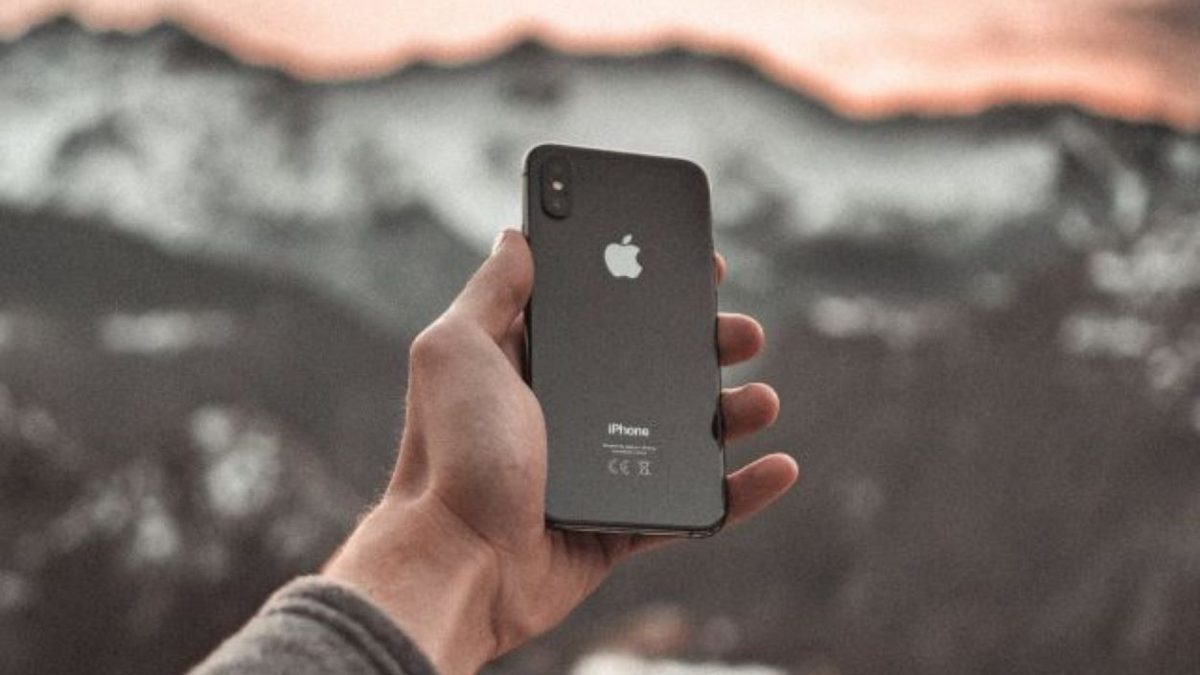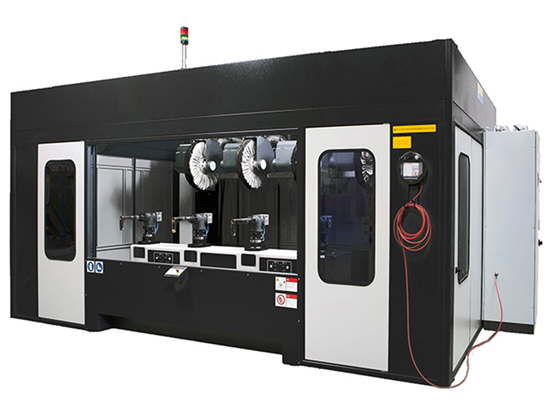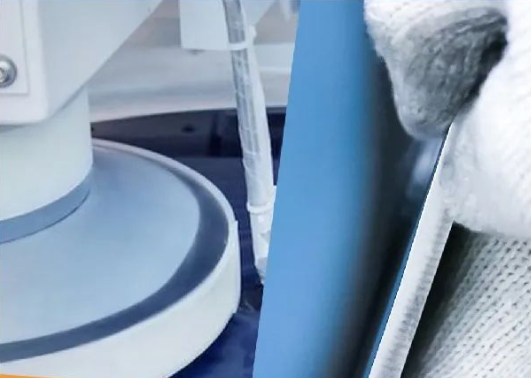
This article is also available in the following languages:
Tiếng Việt
繁體中文
With the popularity of smartphones, people’s lives have been inseparable from the company of mobile phones. When most users are buying mobile phones, they are more and more pursuing the appearance of mobile phones. Today’s mobile phones are becoming more and more beautiful, and craftsmanship is getting more and more refined. Many mobile phones have high-brightness effects, and the metal is perfectly flawless.
So how to achieve this highlighting effect? To answer this question, it leads us to talk about “polishing”.
What is “polishing”?


Polishing refers to the use of mechanical or electrochemical effects to reduce the surface roughness of the workpiece to obtain a bright and smooth surface. Jiangmen Makeraze Technology Co., Ltd. uses the century-old Makeraze brand technology in the surface treatment industry. We provide customers with various surface treatment solutions and high-performance materials for a long time. If you have any needs, please feel free to contact us.
Simply put, polishing is the process of using physical machinery or chemicals to reduce the surface roughness of an object. The polishing process has a long history. In ancient times, people polished high-value items such as stone and jade. The mirrors used by court ladies in the Qing Dynasty are examples of early copper polishing. Polishing is the embodiment of the pursuit of perfection, so polished products are often equated with high added value. In modern industrial society, in order to be more efficient and obtain beautiful product appearances, mature polishing process solutions have been widely used in all walks of life.
After forging, stamping, injection molding, and CNC, the mobile phone structural parts have rough surface textures, burrs, dirt, etc. The following procedures must go through some surface treatments to meet the ID appearance requirements. As a matter of fact, polishing is just a common surface treatment process.
Application of polishing technology on mobile phone shell

The comfort, exquisiteness, and purity of the mobile phone case are important experiences that satisfy the user’s fresh touch. Mobile phone shells are mainly made of metal, ceramic, plastic, glass, and other materials. Today we focus on the polishing of the metal material of the mobile phone.

The SUS316 stainless steel frame of the Apple 4S mobile phone has obvious cutter milling patterns on the surface after CNC milling. Before using traditional polishing processing, the cutter milling patterns must be flattened by an abrasive belt (standard process: #320-#400-# 600). Polishing can only be carried out after the cutter milling pattern is smoothed. After an improved new process, if you directly use Makeraze’s high-efficiency black BK chemically treated Bias Cut Cloth Buffs, with our special cutting force polishing Liquid Compounds, and then cooperate with the eight-head intermittent disc polishing machine which can omit the process of using the abrasive belt to smooth and efficiently complete the smooth and bright effect on the surface. Not only the production efficiency is increased by more than 100%, but the one-time yield is also more than 97%. After the polished surface is finished, it is sandblasted to achieve the final high-level satin effect.

Apple 5-Apple 6-Apple 7 mobile phone aluminum alloy shell, CNC carved molding-grinding treatment-high gloss-natural color electroplating-cover-anode-uncovered into a complete mobile phone shell panel. Mirror polishing of aluminum alloy is relatively difficult, and hand polishing is completely impossible to achieve its requirements. The mirror polishing process of a plane grinder is mainly divided into two processes. First, white polishing skin + alumina rough polishing liquid, to remove the CNC knife lines cleanly; the second step, damping cloth + silica polishing liquid, achieves an ideal super-mirror surface in just ten minutes.

Apple 7 bright black-Apple 8 is a more special process of magnetorheological polishing.

The first polishing:
After CNC machining and forming, the aluminum alloy parts of Apple 7 need to be polished for the first time, and the first polishing needs to achieve the highlight effect, otherwise, the final highlight effect will not be achieved.

The second polishing:
After the first polishing, the aluminum alloy parts need to continue to be anodized. After the anodic oxidation and coloring treatment, the oxide film is polished again to achieve the final highlight effect. In this process, Apple uses a magnetorheological polishing process.
Magnetorheological polishing can achieve extremely low roughness, and is generally used for polishing precision optical lenses, and is suitable for the final light-emitting treatment of workpieces. During magnetorheological polishing, since the entire workpiece is in the liquid, the polishing heat is easily dissipated, and it will not cause overheating in the local part of the workpiece, which is helpful to avoid the “orange peel” caused by polishing; all parts of the entire workpiece are in uniform contact with the fluid, which can ensure the uniform polishing effect and is not limited by the shape of the workpiece. It is especially suitable for the polishing treatment of non-planar parts with protruding craters such as the Apple 7.



The stainless steel camera ring of the Apple 12, Apple’s quality requires that not only to a high-brightness mirror effect, but also under the lens of a microscopic magnifying glass to achieve a completely no-grain full mirror.If this polishing process, can only be done at one step, besides the choice of suitable materials cloth wheel (please contact Jiangmen Makeraze Technology Co., Ltd. for the use plan). Further more, the polishing slurry that we selected need to has De-grain cutting ability and not leave any polishing patterns or polishing marks on the surface of the workpiece at the same time, also can achieve the effect of a high mirror surface, which we generally call it a two-in-one polishing wax.
Therefore, the abrasive used in this polishing slurry is the key condition. Commercially available industrial-grade polishing slurry is difficult to meet this requirement. This special polishing slurry uses nano-grade abrasives, which can achieve high-quality requirement in one polishing process, and a yield rate of more than 95%.





